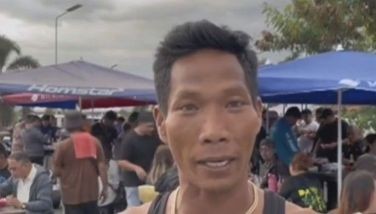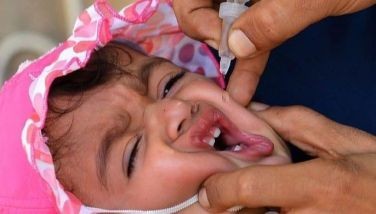Phl mangrove forests down to 117,000 hectares
DAGUPAN CITY, Philippines – Mangrove forests in the country are down to only 117,000 hectares from 500,000 hectares in 1918, according to a briefing paper of the Bureau of Fisheries and Aquatic Resources (BFAR).
Of the remaining 117,000 hectares, 95 percent represents secondary growth and only five percent constitutes old or primary mangroves mostly found in Palawan.
“Most mangrove areas in Luzon and the Visayas are made up of reproduction brush and young growth. Thus, mangrove forests remaining along Philippine coasts today are of much lower quality than early in the century, and they cover less than one-third of their original area,” the paper said.
Sometime in the 1960s and 1970s, most mangrove forests were converted into fishponds while others were reclaimed for residential and industrial purposes and used for expansion of coastal communities.
To address the problem, the BFAR will undertake a massive mangrove reforestation project in 62 coastal towns nationwide, including several towns in Pangasinan where many mangrove forests were converted into fishponds.
Under the project, BFAR-Region 1 director Nestor Domenden said community-based, multi-species hatcheries would be established and “aquasilvi farming” would be promoted.
Domenden described aquasilvi (from the Greek words “aqua” for water and “silvi” for trees) as a mangrove-friendly system of growing fish and other aquatic organisms in enclosed areas within mangrove forests.
But unlike in fishponds, Domenden said the aquasilvi system does not allow the cutting of any mangrove tree so the natural balance among all elements of the ecosystem is not disturbed.
He added that the integration of mangrove reforestation and aquasilvi culture system would reverse unproductive, underutilized and abandoned fishpond areas into their former productive and pristine condition when these were still mangrove areas.
Domenden is optimistic that with the re-establishment of healthy mangrove forests, the productivity of these areas will significantly increase.
He said studies show that a square kilometer of mangrove produces as much as 20-30 tons of fish per year.
Domenden said the project’s partners like state universities and colleges in the Ilocos region will undergo a one-week, hands-on training in hatchery operations in Pangasinan.
He said the hatcheries would supply fingerlings and seed stocks for fish production in aquasilvi farming, sea ranching and grow-out culture in ponds, fish cages and mariculture parks.
- Latest
- Trending
























